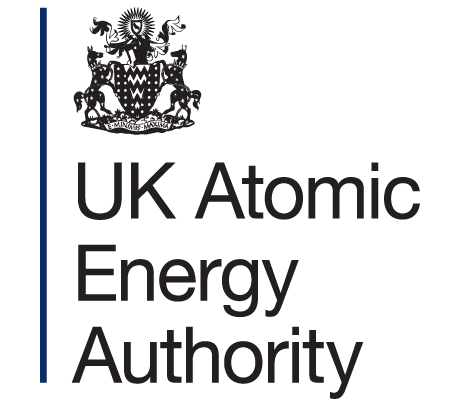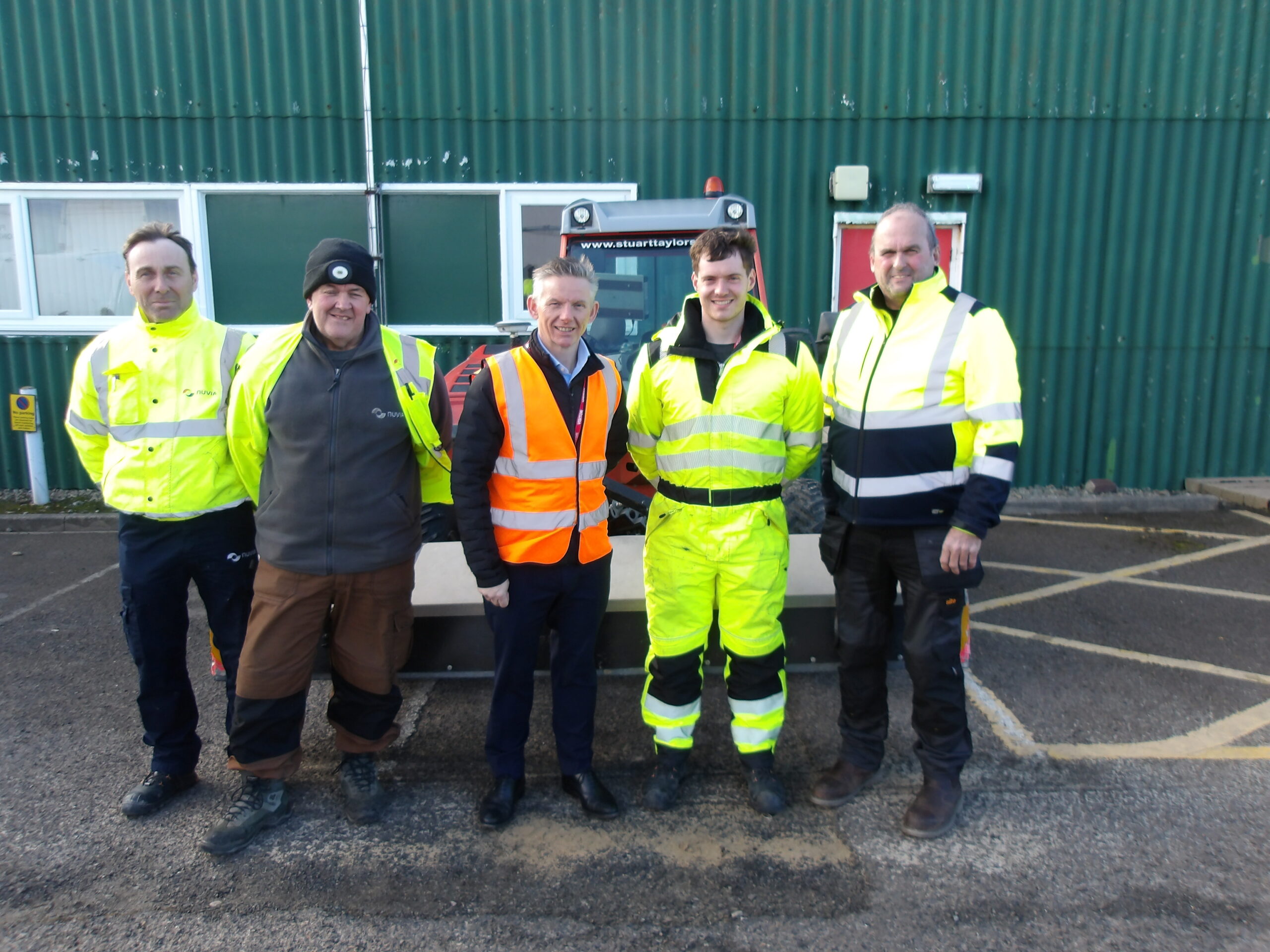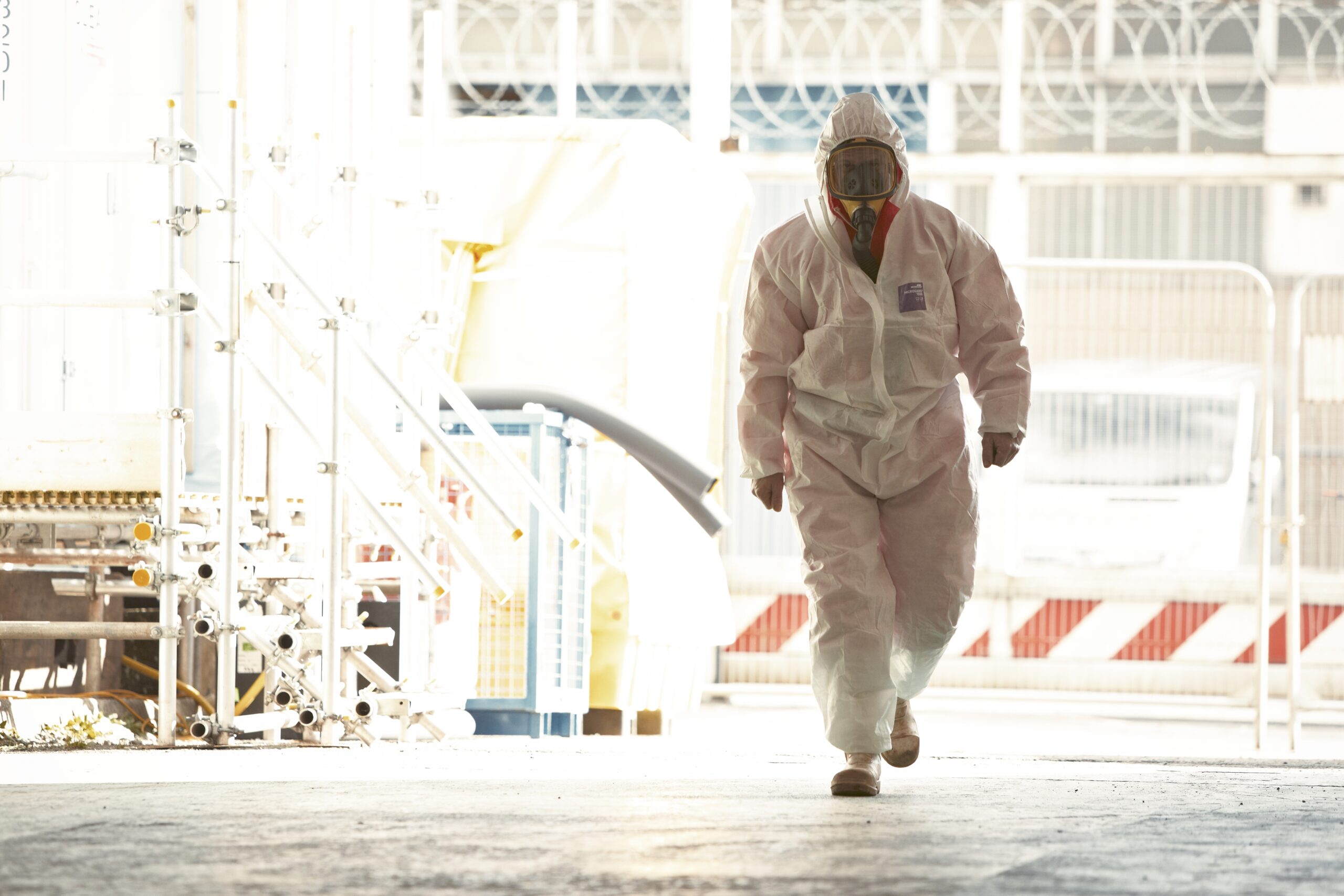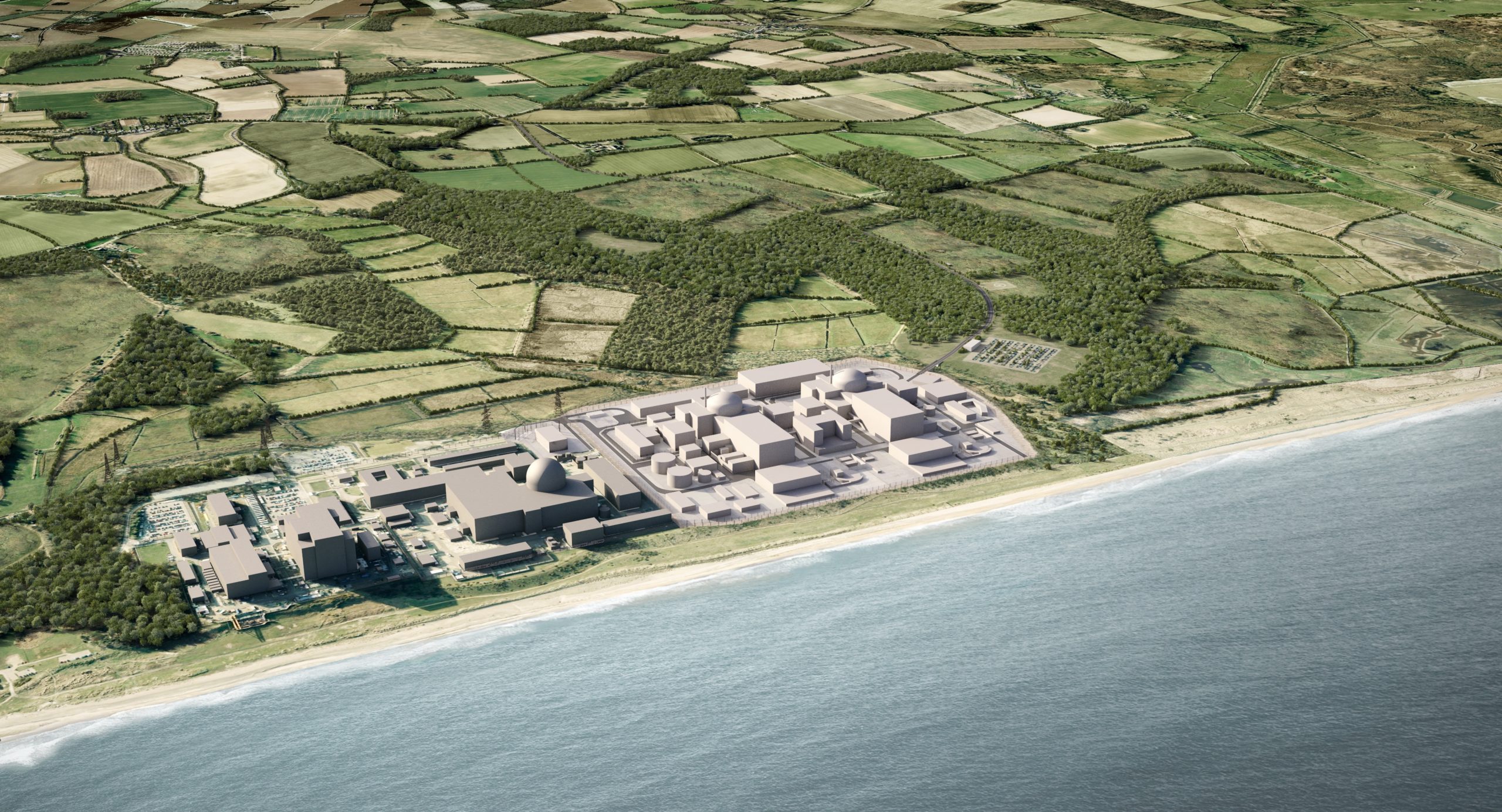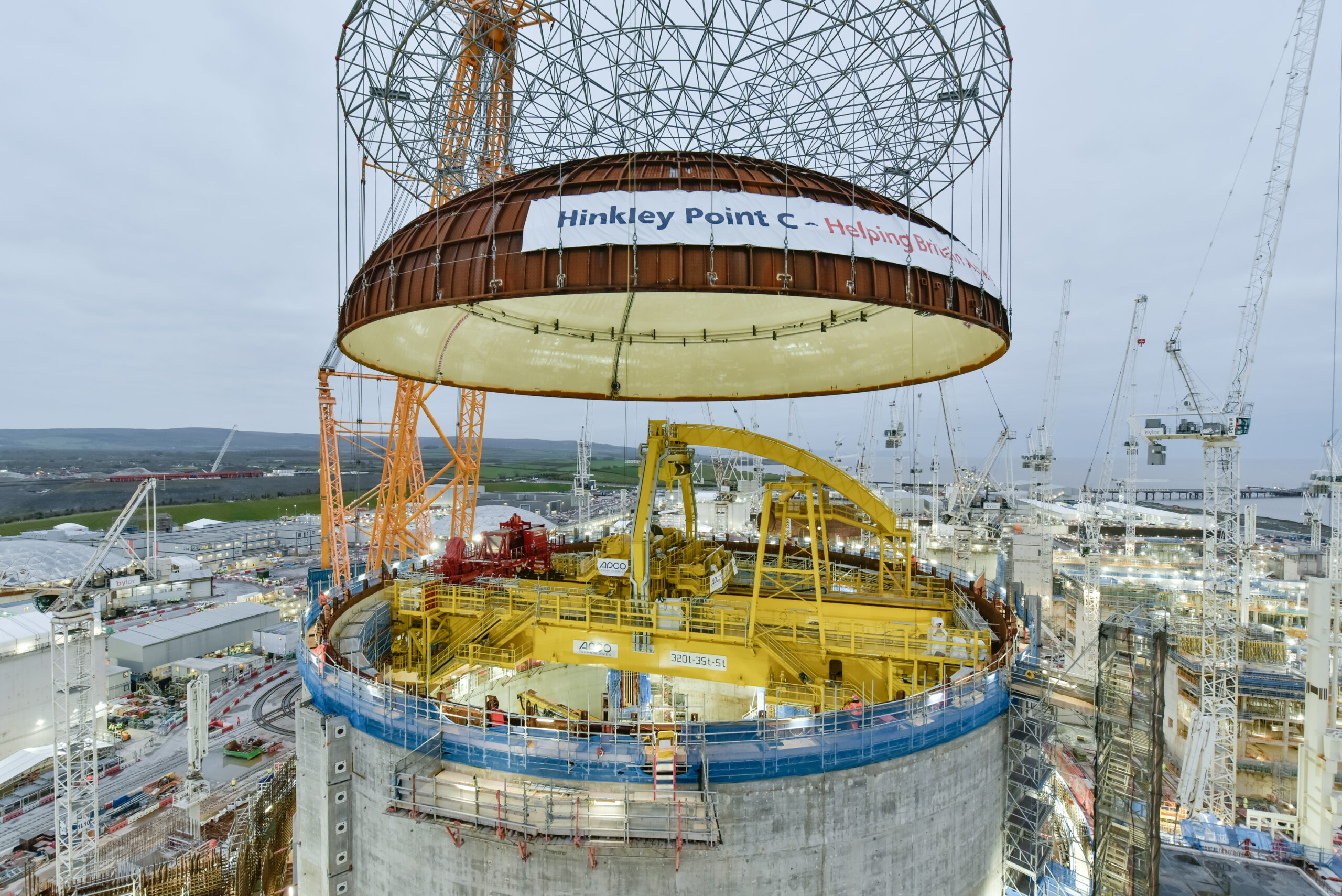77,000 civil nuclear jobs is highest in at least 20 years
Hinkley Point C creates thousands of new jobs on site and across country
Nuclear workforce needs to triple to deliver 24 GW of nuclear by 2050
Nuclear industry employment has grown to its highest level in at least 20 years as new nuclear projects are developed, according to new data from the Nuclear Industry Association’s annual Jobs Map. The civil nuclear sector currently employs 77,413 people across the UK, a 20% year on year increase. The UK, however, must train tens of thousands of additional workers to deliver the government’s 24 GW nuclear target by 2050.
Somerset’s Hinkley Point C is one of the biggest employers with 9,500 people working at the largest construction site in Europe, up from 8,000 in 2022. The project has also created thousands of extra jobs in the supply chain and driven £5.3 billion of investment into the region. Over 1,000 apprentices have been trained on the project to date, and it will continue to support thousands of jobs across the country as it continues with its next major phase.
Innovations in advanced nuclear technology have also helped drive the number of jobs with a growing workforce led by Rolls-Royce developing its Small Modular Reactor (SMR) in Derby and Warrington. Over 530 jobs have already been created, 200 since last year, and Rolls-Royce SMR deployment could create 6,000 additional jobs.
Elsewhere, the UK’s world-class nuclear fusion research expertise sees more than 2,300 people employed at the Culham Centre for Fusion Energy in Oxfordshire, as another solution for a net zero twenty-first century.
The nuclear industry provides a vital engine of economic development outside London and the South East, with 27,024 people employed in the North West in decommissioning, fuel cycle research and reactor design, a 5% increase on 2022, and remains the sector’s biggest regional workforce. The South West is next with 23,938 workers, a 60% increase on last year’s total of 15,011.
Jobs in nuclear in are stable, skilled and well-paid. Research from Oxford Economics earlier in 2023 also showed that over a third of nuclear jobs in England, and half of nuclear jobs in Scotland, are in the 25% most deprived local authorities. Across the country each nuclear contributes an average of £102,300 in gross value added to the economy.
Reacting to the Jobs Map, Tom Greatrex, Chief Executive of the Nuclear Industry Association, said:
“The nuclear industry already sustains tens of thousands of high-skilled, well-paid jobs which make a significant contribution to UK energy security and our net zero future.
“We can have lots more of these jobs and opportunities for the next generation if we get on with committing to new projects, both large and small reactors, for more secure, reliable and home grown power.”
Minister for Nuclear, Andrew Bowie MP, said:
“From the Government’s backing of new plants at Hinkley and Sizewell, to the launch of Great British Nuclear to spearhead new technologies, the UK is witnessing a nuclear revival.
“These projects will be at the heart of our efforts to deliver clean, reliable and secure home-grown energy sources, boosting our security and cutting our carbon emissions – and all while helping grow the economy and create jobs.”
| Regional Totals | 2022 | 2023 | Difference +/- | Percentage +/- | ||
| East Midlands | 3,967 | 4,548 | 581 | 14.65% | ||
| East of England | 1,795 | 1,523 | -272 | -15.15% | ||
| London | 1,026 | 2,635 | 1,609 | 156.82% | ||
| North East | 1,698 | 1,872 | 174 | 10.25% | ||
| North West | 25,750 | 27,024 | 1,274 | 4.95% | ||
| Northern Ireland | 8 | 8 | 0 | 0.00% | ||
| Scotland | 3,664 | 3,676 | 12 | 0.33% | ||
| South East | 8,138 | 8,697 | 559 | 6.87% | ||
| South West | 15,011 | 23,938 | 8,927 | 59.47% | ||
| Wales | 800 | 825 | 25 | 3.13% | ||
| West Midlands | 980 | 991 | 11 | 1.12% | ||
| Yorkshire and the Humber | 1,270 | 1,200 | -70 | -5.51% | ||
| Various site and home based workers | 402 | 476 | 74 | 18.41% | ||
| Total | 64,509 | 77,413 | 12,793 | 19.83% |
ENDS
Notes to editors:
- Access the 2023 Jobs Map here.
- The Jobs Map is made up of participating NIA members
- The UK has five generating nuclear power stations, providing around 15% of the country’s electricity from 5.9 GW of capacity. All but one are scheduled to retire by 2028.
- Hartlepool and Heysham 1 are scheduled to retire by March 2026, and Heysham 2 and Torness are scheduled to retire by March 2028.
- Hinkley Point C, the only new nuclear power station under construction in the UK, is due to begin generating in 2027.
- Nuclear has saved the UK 2.3 billion tonnes of carbon emissions, far more than any other source. The saving is equivalent to all UK emissions from 2015 through 2020.
About the Nuclear Industry Association
As the trade association for the civil nuclear industry in the UK, the Nuclear Industry Association represents more than 250 companies across the UK’s nuclear supply chain.
Links
Visit our website: www.niauk.org
Follow the NIA on Twitter @NIAUK and LinkedIn
For further information, please contact:
[email protected]
+44 7517 108023
